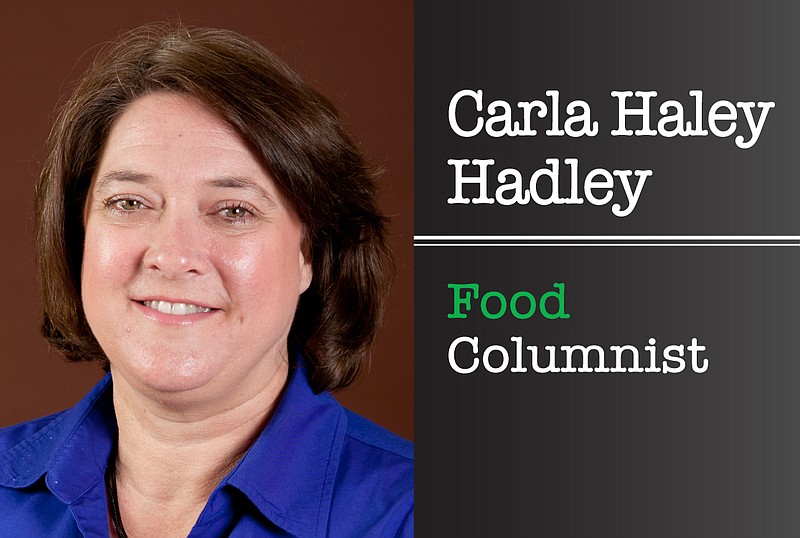It turns out that Popeye the Sailor Man from the cartoon in the 1950s was onto something. He would pop open a can of spinach whenever he got in trouble and have enough strength to power through. Spinach can be your superfood, too.
One cup of fresh, raw spinach offers 56 percent of the daily recommended intake of vitamin A, a nutrient absolutely essential for the retina to be able to process low-light and colors. Raw spinach is also a great source of niacin, zinc, dietary fiber, protein, vitamins B6, C, E, and K, thiamin, riboflavin, folate, calcium iron, magnesium phosphorus, potassium, copper and manganese.
Vitamins A and C are antioxidants that may reduce your risk of heart disease and certain cancers. Vitamin C helps protect skin from bruising, helps heal cuts and keeps gums healthy. Eating foods with vitamin C helps the body absorb iron. Vitamin K, calcium and magnesium help build and maintain strong bones. Potassium helps maintain healthy blood pressure, and fiber helps control cholesterol and keeps you regular. Folate may reduce your risk of heart disease. All these health benefits from one cup of spinach.
When buying fresh spinach look for those with tender spinach leaves. The leaves should be perky, and avoid brown, wilted or yellow leaves. Spinach should be stored in a cooler rather than on the shelf. If buying bagged spinach, check the best buy date and avoid bags or containers with excessive moisture in them. It should be refrigerated in an airtight container for up to 5 days. Before using, wash well to remove any sand or dirt and then dry.
Spinach is in season from March to June and September to December; look at your local farmers market to get farm-to-table fresh. When it isn't in season, you can buy frozen spinach. It can lose water-soluble nutrients when it is blanched or steamed prior to being frozen, but after that, the flash freeze locks in the remaining nutrients, which are usually at their peak in frozen spinach.
Add spinach to quiches, salads, pizza and sneak it into casseroles. If you want to power up a breakfast, add it to a smoothie or an omelet.
For your free copy of "Arkansas Fresh Spinach," contact the Miller County Extension Office, 870-779-3609 or visit us in room 215 at the Miller County Courthouse. We're online at [email protected], on Facebook and twitter @MillerCountyFCS or on the web at uaex.edu/Miller.
This spinach lasagna recipe is a good way to sneak in spinach and have a hearty, easy meal at the same time.
SKILLET LASAGNA
8 lasagna noodles (or 4 cups of any other type of pasta), uncooked
1 1/4 tablespoons Italian seasoning
1 (24 ounce) jar spaghetti sauce
1 (15 ounce) carton ricotta or cottage cheese
10 ounces of frozen thawed spinach (squeeze dry) or 2 cups fresh, washed
1/2 cup grated Parmesan cheese
2 cups shredded mozzarella cheese
Cook the noodles as directed on the package. Drain, separate and set aside. In a small bowl, mix the ricotta cheese, 1/4 cup Parmesan cheese and Italian seasoning. Do NOT turn on stovetop until all layers have been added. Spread half of the jar of sauce in an ungreased deep-dish skillet. Top with half the cooked noodles (4 lasagna noodles). Spread half of the cheese mixture over noodles. Top with half the spinach. Spread half of the mozzarella cheese over the vegetables. Repeat with the remaining noodles, cheese mixture, sauce, vegetables, and the mozzarella cheese. Sprinkle with the rest of the Parmesan cheese. Cover with lid or aluminum foil. Turn on stove top to medium-low until the cheese is melted (about 20 minutes). Allow to stand for 5 minutes before serving. Makes 8 (1 1/2 cup) servings.
Nutritional Information (per serving) 310 calories; 9 g fat; 25 mg cholesterol, 810 mg sodium, 36 g carbohydrate, 4 g fiber, 11 g sugars, 20 g protein
Carla Haley Hadley is a county extension agent, family and consumer sciences, with the Miller County Extension Service, part of the University of Arkansas Division of Agriculture.


